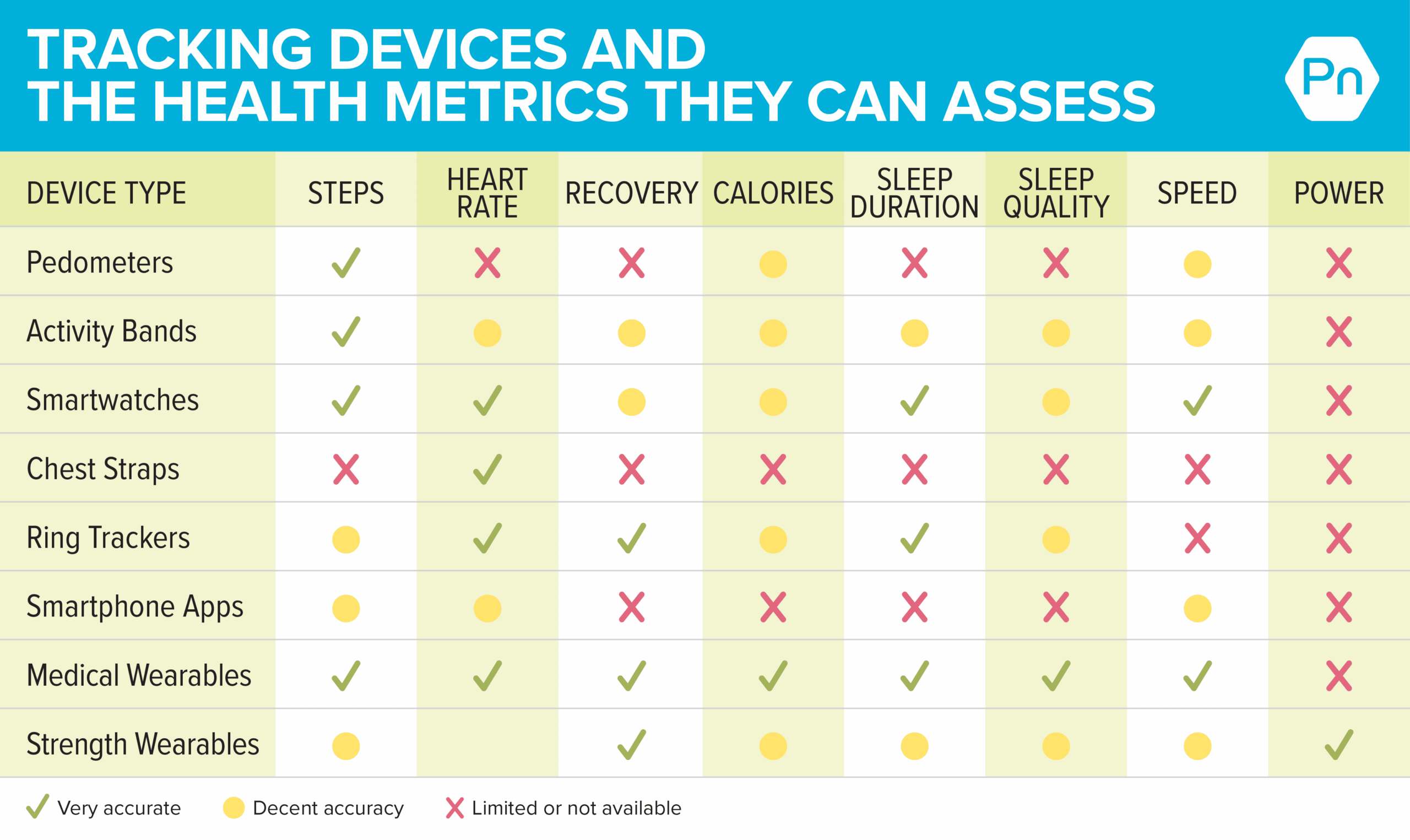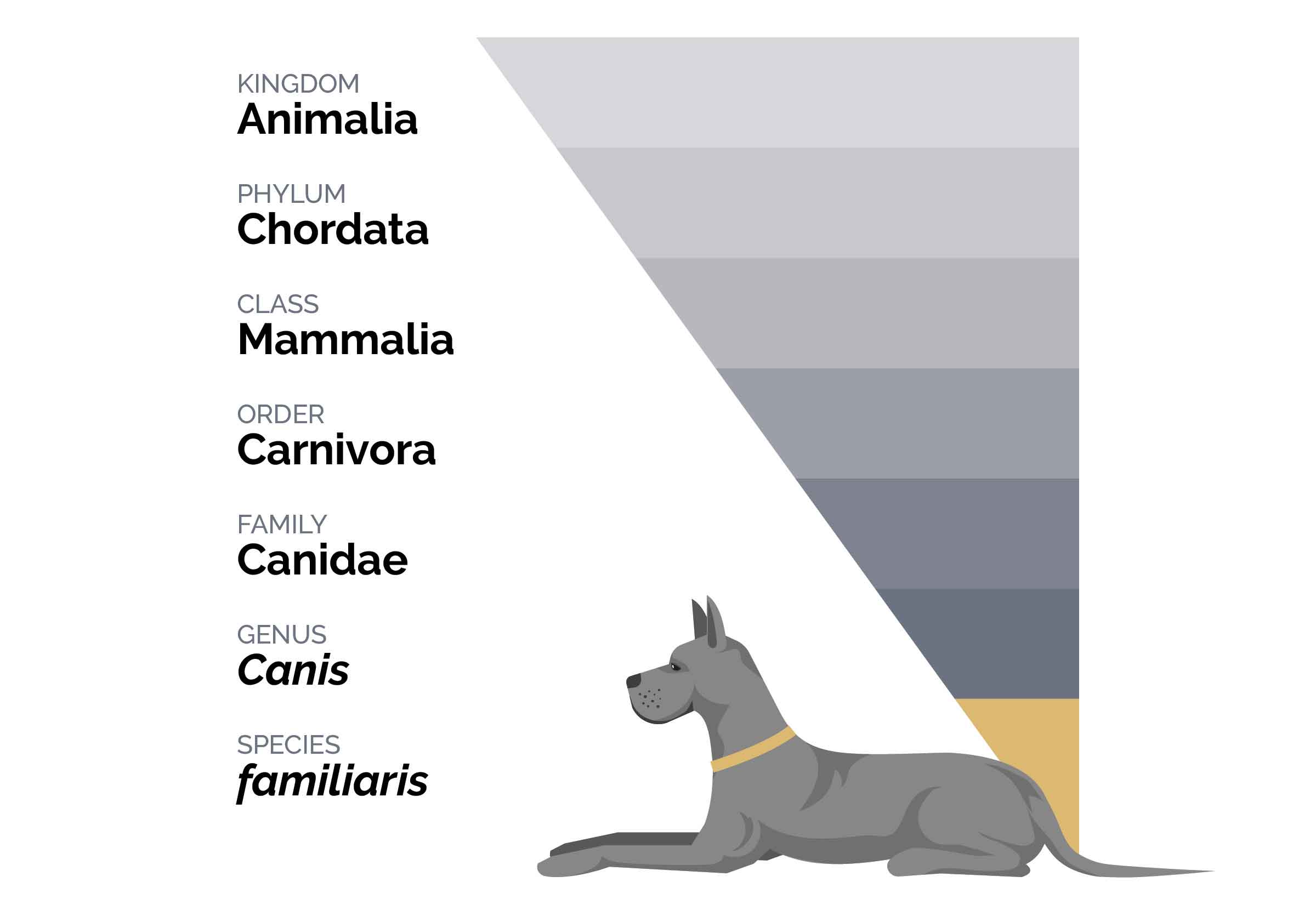The bad: Tracking devices offer us more data about our behaviors and bodies than ever before.
“What’s really remarkable,” says Samantha Kleinberg, a computer scientist who studies decision-making, “is that even a tiny amount of surplus information has a big negative effect on our decision-making.”3
That’s the paradox of tracking: Too little detail makes it tough to make the right decision, but so does too much. 
This can be expressed as an inverted U, with the sweet spot at the top of the curve.
Today, it’s surprisingly easy to have too much information.
Consider the analysis paralysis you feel after scanning hundreds of reviews from the various taco places in your neighborhood. (All you wanted was a decent el pastor, but now you don’t know which taqueria to pick!)




Post Comment